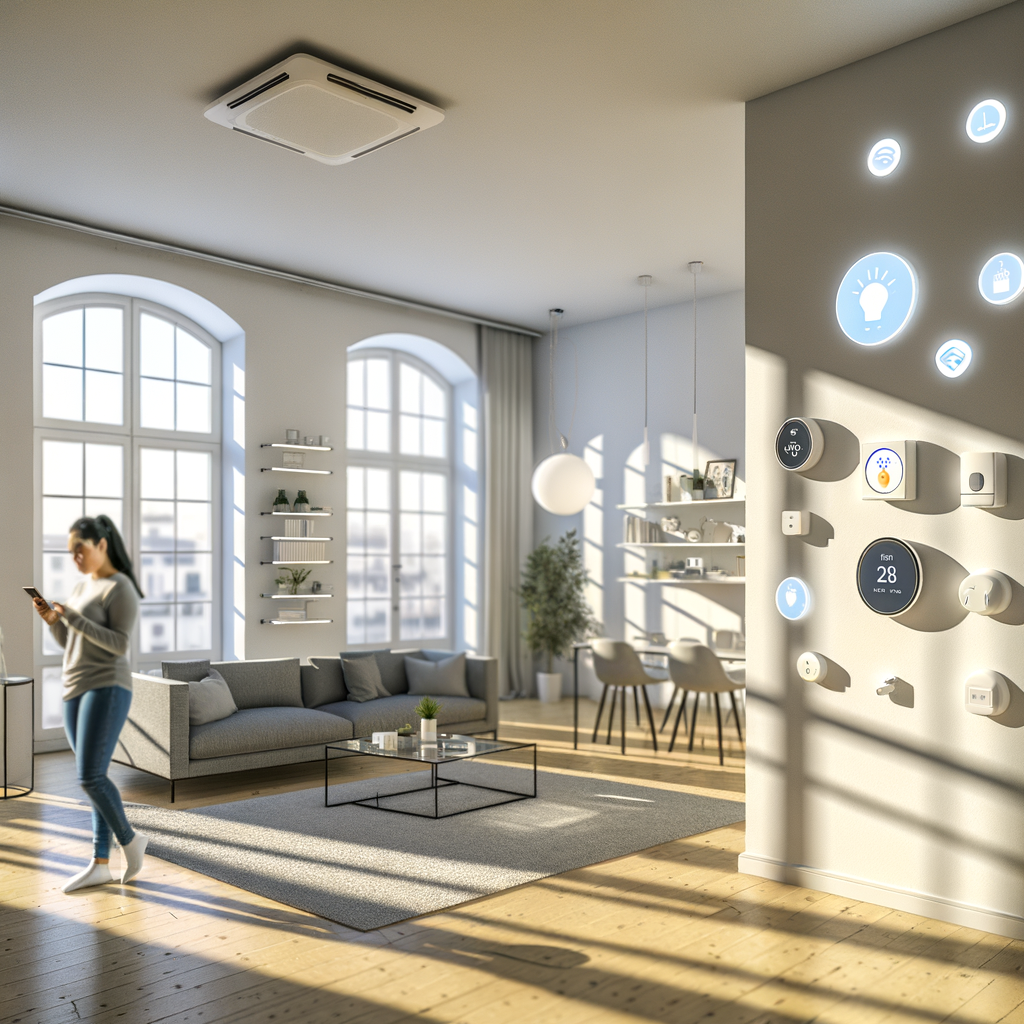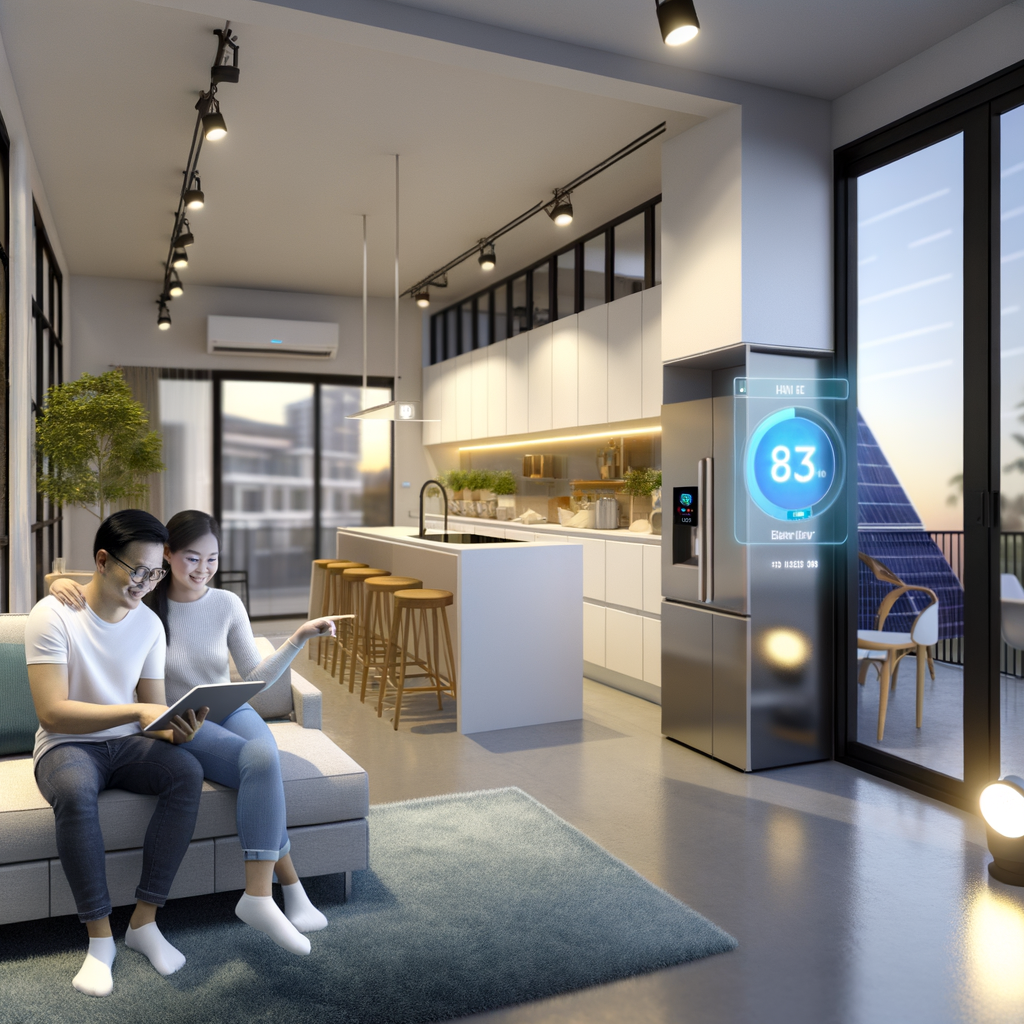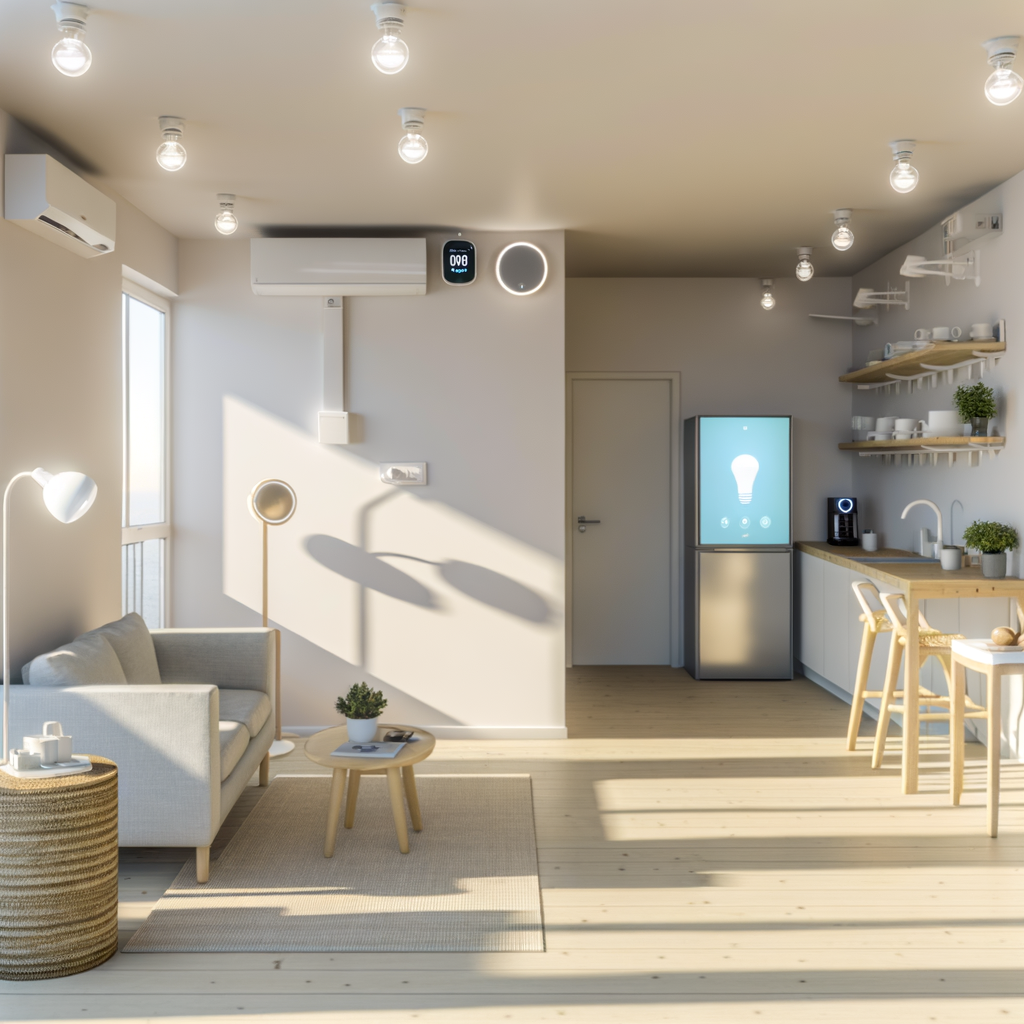Bust These 5 Myths About Smart Home Tech for Renters—And Start Saving Energy Today
Is your rental home stuck in the past while you dream of energy savings and high-tech comfort? Many renters believe smart home technology is out of reach, too complex, or only for homeowners. The truth? Modern smart home tech is affordable, portable, non-invasive, and—best of all—it can help you slash utility bills without breaking your lease or the bank.
Let’s shatter the most persistent myths about smart home devices for renters, so you can confidently upgrade your living space and start saving energy today.
Myth #1: “Smart Home Tech Is Permanent—Landlords Won’t Allow It”
Think smart home upgrades mean cutting wires or drilling holes? Think again! There’s a new wave of renter-friendly, plug-and-play smart home devices designed for temporary living spaces.
Why This Myth Persists
- Traditional systems require complex installation
- Concerns about damaging walls or property
- Fear of losing a security deposit
The Reality
Many leading smart home products can be installed in minutes—no screws, wiring, or permanent changes required. Most devices are easy to remove when you move out.
Renter-Friendly Smart Home Solutions
- Smart Plugs: Plug into any regular outlet and control lamps, fans, and appliances with your phone or voice assistant.
- Wireless Smart Lighting: Replace bulbs with smart LEDs or use battery-powered light switches—no rewiring necessary.
- Contact Sensors: Attach to doors or windows with adhesive for instant security and energy savings.
Action Steps
- Look for devices that advertise “peel-and-stick” or “magnetic mount” installation.
- Read product descriptions and choose those labeled “no drilling” or “renter-friendly.”
- Keep original packaging for easy removal and reinstallation at your next rental.
Myth #2: “Smart Devices Are Expensive and Not Worth It for Renters”
You don’t need to spend a fortune to reap the rewards of smart home tech. Entry-level devices can cost less than $30, and they quickly pay for themselves in energy savings.
Why This Myth Persists
- High price tags on advanced home automation systems
- Confusion around compatibility and required accessories
- Assumption that technology is a “luxury” and not a necessity
The Reality
A basic smart home setup (think: smart plug + LED bulb + energy monitor) is budget-friendly and lets you control energy-hungry devices from your phone. Even devices that cost $40–$60 (like smart thermostats or power strips) often pay for themselves in under a year, thanks to lower electric bills.
Energy-Saving Examples
- Smart Plugs: Cut “phantom” energy drain from devices left on standby.
- LED Smart Bulbs: Use 70–90% less energy than old incandescent bulbs.
- Portable Smart Thermostats: Regulate your AC or heater for optimal efficiency.
Action Steps
- Start small: Upgrade one plug or bulb at a time in key areas (like the living room or bedroom).
- Use energy monitoring features in your smart device app to see real-time savings.
- Calculate your payback period by comparing device costs to your monthly energy savings.
Myth #3: “Smart Tech Won’t Work with My Rental’s Old Wiring, Fixtures, or HVAC”
No need to modernize your whole apartment! Most smart devices are designed to work with the basics.
Why This Myth Persists
- Outdated power outlets and fixtures in many rental units
- Assumptions that only new construction can support smart tech
- Confusion about “neutral wires” and tech jargon
The Reality
Manufacturers now offer a wide array of gadgets that sidestep the need for any special wiring or built-in infrastructure. All you need is WiFi and a smartphone.
Solutions That Work in Almost Any Rental
- Smart Plugs & Power Strips: Work with whatever outlets you have. Just plug and play.
- Battery-Powered Sensors & Switches: No wiring required, and perfect for rooms where you can’t swap the light switch.
- Window AC Smart Controllers: Turn an old window air conditioner into a smart device with a simple plug-in module.
- Radiator/Space Heater Thermostats: Manage heaters or radiators using smart plugs and thermostatic controls.
Action Steps
- Check compatibility on product listings—look for “no hub required” or “works with Alexa/Google.”
- Consult your landlord if you want to swap thermostats or fixtures—many will say yes if you agree to restore original parts at move-out.
- Opt for portable or removable devices if your lease prohibits even minor upgrades.
Myth #4: “Smart Home Setup Is Too Complicated for Non-Techies”
The days of complicated programming and networking are long gone. Today’s smart tech is designed for effortless setup, even for total beginners.
Why This Myth Persists
- Older technology was not truly “plug and play”
- People worry about WiFi security, compatibility, and setup headaches
- Smart home jargon (like “Zigbee” and “hub”) can be confusing
The Reality
Most new devices work right out of the box with just a few taps on your phone. Many pair seamlessly with Alexa, Google Assistant, or Apple HomeKit:
- Smart Plugs & Bulbs: Set up using QR codes or simple app instructions.
- Voice Control: Use simple voice commands like “Turn off living room lights.”
- Automations: Schedule devices to operate at specific times, or set routines with a couple of taps.
Action Steps
- Choose devices from established brands for app reliability.
- Use built-in setup wizards in device apps—many offer video walk-throughs.
- Ask your device to “discover” new gadgets—many voice assistants will set up new tech automatically.
Myth #5: “Smart Tech Won’t Make a Real Difference in My Energy Bills”
Even a handful of smart devices can significantly reduce your energy use and carbon footprint. You don’t have to automate your entire home to see results.
Why This Myth Persists
- Skepticism about true energy savings
- Lack of clear case studies focused on renters
- Assumption that upgrades only help with central HVAC or major appliances
The Reality
The U.S. Department of Energy reports that smart thermostats save households up to 10–12% on heating and 15% on cooling. Smart plugs and lights can drop your electrical usage by another 5–10%. For a one-bedroom rental, that could mean $10–$20 off your bill every month, with a one-time hardware investment of less than $100.
How Renters See Savings (and Greater Comfort)
- No more “phantom loads”: Automatically turn off electronics when not in use.
- Precision lighting: Schedule lights to turn off or dim when you’re sleeping or out.
- Climate control: Only cool (or heat) your space when you’re home—prevent energy waste while you’re at work.
- Energy monitoring: Spot which gadgets use the most power and adjust habits accordingly.
Action Steps
- Track your utility bills for a couple of months before and after your smart home upgrades.
- Use your smart device app




